Air pollution, especially in urban areas, has become one of the biggest negative influences on human health. It also has damaging effects on the environment: besides carbon dioxide, short-lived climate pollutants like nitrogen oxides, particulate matter and ozone are the biggest contributors to global warming nowadays. However, accurately measuring and making such data accessible for public discourse is an immense challenge. This is the mission of Hawa Dawa, ESA BIC Bavaria Alumnus of 2020.
Hawa Dawa is combining IoT sensor technologies and satellite imagery with machine learning algorithms to collect and analyse high-quality outdoor air pollution data, taking into account critical pollutants as well as environmental factors such as temperature or humidity. What’s more, the team not only measures air pollutants but also actively participates in developing solutions for healthier cities of the future.
After the six co-founders first started the company in 2016, Hawa Dawa was incubated at ESA BIC Bavaria’s Oberpfaffenhofen location from 2018 to 2020.
ESA BIC Bavaria Manager Pia Feurstein (PF), interviews Dr. Birgit Fullerton (BF), Head of Data Science and Co-Founder of Hawa Dawa.
PF: Please give us a sneak peek of your product.
BF: If I told you that we were conjuring up a new environmental commodity out of thin air, you might run off to check my green blockchain (or god) credentials. But this is genuinely what we at Hawa Dawa are doing. We are making sense of and thus bringing value to air quality data for customers as diverse as healthcare planners, global logistics firms, insurance companies and cities. During the last few weeks, we’ve also been carrying out some research to demonstrate the potential impact of air quality on COVID-19 susceptibility as well as the impact of lockdown on air quality. The next step is to apply this analysis to health and economic decision-making.
In our view, it is not enough to simply report on whether or not your city exceeds pollution thresholds. We want to make air quality data as comprehensive, relevant and actionable as possible. Using public and open-source monitoring networks, proprietary IoT sensors, satellite data and other key environmental, health and economic datasets, our tech team draws on expertise from epidemiology, data science and big data analysis, electronics and mechanical engineering, traffic simulation and engineering, computer science, diffusion modelling and satellite data integration to develop a broad range of applications out of these sources.
The combination of modelling and different kinds of air quality measurements forms the basis of our Software-as-a-Service products: an interactive air quality management dashboard and an air quality API delivering live, historic and forecasted information. Our IoT sensors collect data on a range of airborne pollutants and can be deployed to bring street-level granularity to air quality management.
It’s the point at which we apply these specialised air quality data ‘products’ to customers’ relevant needs that this sneak peek becomes most interesting, however…some examples below:
Healthcare: we have developed a pollution exposure tracking app for vulnerable patient groups for whom monitoring air quality data can be a critical part of the self-management of disease triggers.
Green Mobility & Navigation: our eco-sensitive traffic routing products build on forecast and live air quality data to provide notifications and alerts for drivers to help reduce pollution hotspots along certain key commuting routes as well as routing guidance for cyclists, joggers and pedestrians seeking urban clean air.
Insurances & Green Finance Products: we have co-developed an Air Quality Impact Bond for cities to help leverage investment to tackle air pollution with repayments based on measurable reductions. Elsewhere, we’re bringing our expertise into the development of innovative pollutant ETS schemes.
PF: What has been your company’s biggest challenge so far?
BF: Our market is an emerging one; we are effectively growing demand through our knowledge of the complexities of air pollutant behaviour, our fusion of the wide variety of technologies available for monitoring air quality and our development of innovative applications and business models to enable improvements in air quality. Although we’re well-equipped for this, our challenge is often in convincing our customers to invest in a future good. In order to leverage first-mover advantages, we need companies (with resources!) willing to test a new market and see the social and environmental value of investing in clean air…and if customers are hard, investors can be even harder…
Given the relatively cross-sectoral nature of air quality and the capacity of our data to apply to a range of applications, it is easy as a small team to spread ourselves too thinly when pursuing each and every new lead and market area. To address this challenge, we have honed down on two focus markets and have established a sustainable process for channelling new market and product requests into our development and sales pipeline.
PF: Can you explain the three main ingredients of your recipe for success?
BF: Our three main ingredients are sincerity, skill and diversity.
Our vision is to push environmental data into mainstream decision-making. We are sincere and passionate about this vision and think that the world will have to change its way to ensure a healthy future for the next generations. I think every member of our team can embrace this vision and know that they work for more than just a job to bring in money. Our work is highly interdisciplinary and therefore our employees bring distinct sets of relevant skills and experiences, whether from neuroscience, B2B marketing, traffic engineering, statistics, prior founding experience, climate finance, or clean tech policy.
Finally, our team is very diverse in many other regards: we draw from many different nationalities and a third of our team is female (including myself and one of my co-founders). We have employees who came to us straight out of university, but also people who have many years of previous working experience. Furthermore, several of us have children. We believe that this diversity helps us to create something that matters.
PF: What did you expect from ESA BIC Bavaria? How did the initiative and its network help you to kick-start your business case?
BF: Support from ESA BIC Bavaria has helped us further develop our capability in integrating air quality data from satellite imagery into our air quality models and verifying our pollutant measurements on the ground. Being part of this network has helped open up new opportunities in downstream satellite data services across a range of sectors from green shipping to navigation and real estate and helped leverage additional ‘space’ funding and partnerships, i.e. ESA, Seraphim VC, etc.
PF: How did the DLR support you?
BF: We have been and are continuously interested in DLR’s research on the downscaling and assimilation of different data sources. Mapping out how we can benefit from planned future satellite programmes where higher resolution imagery will be available is a top priority. We are looking forward to continuing our exchange with the DLR beyond the incubation at ESA BIC Bavaria.
PF: Let’s reach for the stars – what is going to happen in Hawa Dawa’s future?
BF: Our vision is to mainstream air quality data in decision-making across industry, government and healthcare. For this to happen, clean air needs to be considered an ‘ecosystem service’: a tradable, high-value environmental commodity; a prescribed good; eventually a human right. For Hawa Dawa to be one of the pioneers in demonstrating and measuring this value and, critically, helping leverage this value to positive social and environmental benefit, we have enough to keep us busy for the next few years!
Did you enjoy this interview with this outstanding innovator? Stay tuned for upcoming interviews with ESA BIC Bavaria innovators on our AZO Blog.
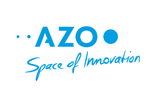
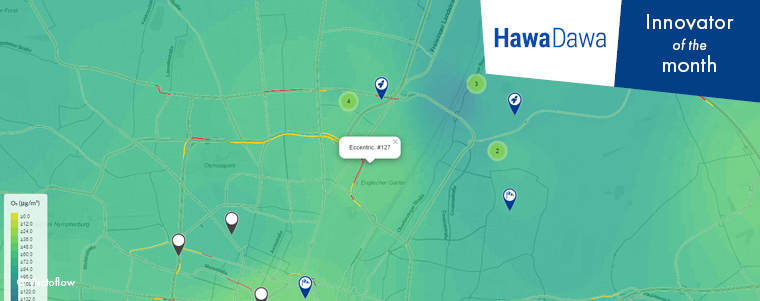

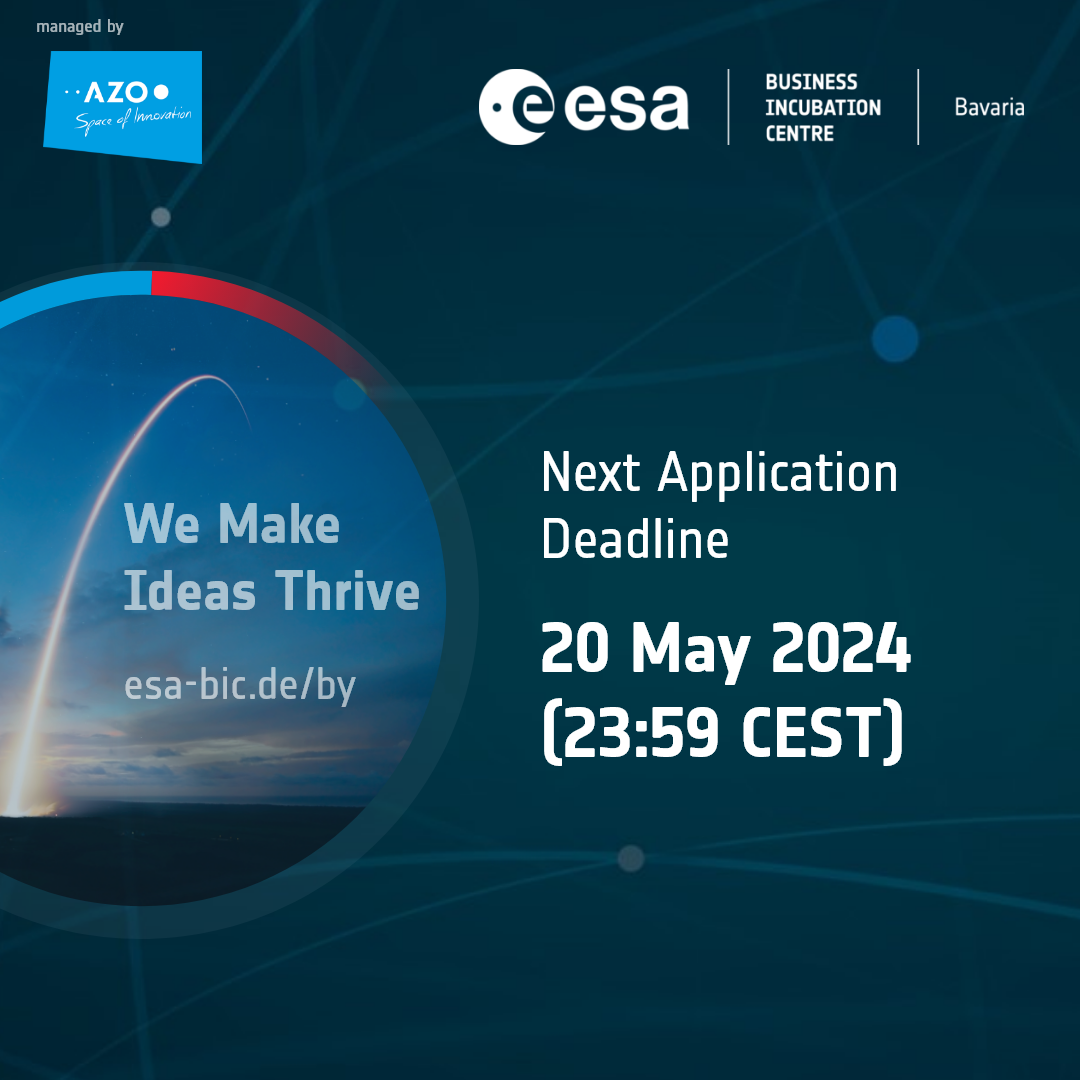
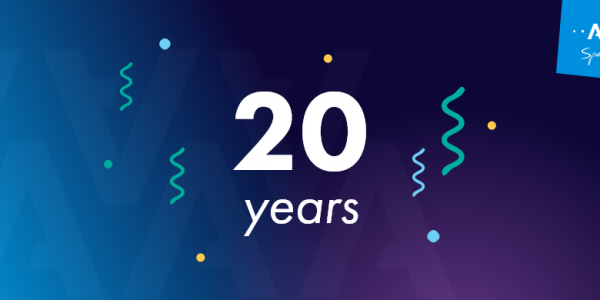

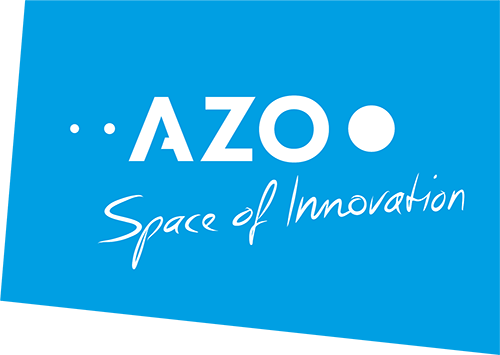
Comments are closed.